A short account of Shivta, given by your Israel & Jerusalem private tour guide
"While there are many Arabian tribes who use the desert as pasture, the Nabataeans far surpass the others in wealth although they are not much more than ten thousand in number; for not a few of them are accustomed to bring down to the sea frankincense and myrrh and the most valuable kinds of spices, which they procure from those who convey them from what is called Arabia Eudaemon" (Diodorus of Sicily, 1st century BCE).

click on all the photos to open them up
Located in the westrn-central Negev desert, is the ancient city of Shivta. To be more exact – these are the impressive ruins of this city. One should visit the city because of what it can show, but the real story is that of the above mentioned Nabateans, the people who, in this country, lived in Shivta, Avdat and in four other cities in the Negev, as well.
What do we know about the Nabateans?
From various sources, we know they were a nomadic Arab tribe, like many others. In the 5th-6th centuries BCE, they began to engage in commerce – trading spices, rare perfumes and other desirable products, buying them at the Persian Gulf, and moving them on camels through the Arabian and Negev deserts. They knew of secret routes through the deserts and of hidden water cisterns. In this way, they were able to evade their enemies and had a “monopoly” on their trading, which went mainly to Greece and Rome. The Nabateans became extremely rich, a fact that is well-documented in their capital, as well as their burial sites in Petra. Along this spice route in the Negev, they built road stations, and later developed them into forts.
When the Romans conquered the area in the 1st century BCE, they tried to take this very profitable trade from the Nabateans. The Romans managed to succeed, but only after they conquered Petra in 106 CE. Without their trade, the Nabateans were forced to find other ways to make a living. They transformed the forts into cities. We think that they supported themselves, both by being paid to keep the border of the empire secure, and from agriculture. In the Byzantine period (4th-7th centuries), the Nabateans became Christians, but after the country was conquered by the Muslims, they abandoned their cities, which then became ruins.

Shivta, Avdat and the other surrounding cities were designated as World Heritage Sites by UNESCO.
What can we see in Shivta?
Most of what we see is from the later Byzantine period.
- A street in which all the doors were blocked when the city was abandoned.
- A stable in one of mansions.
- The city square with a large pool serving as a water reservoir.
- A 6th century church and an 8th century mosque next to each other.
- The house of the city's governor.
- The northern church.

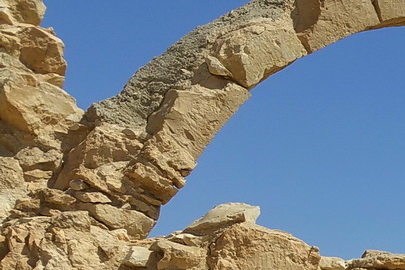
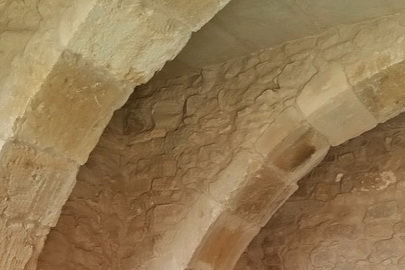





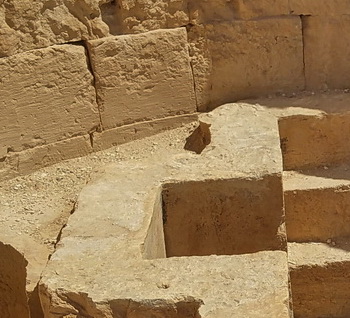
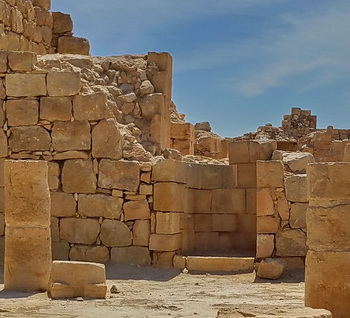

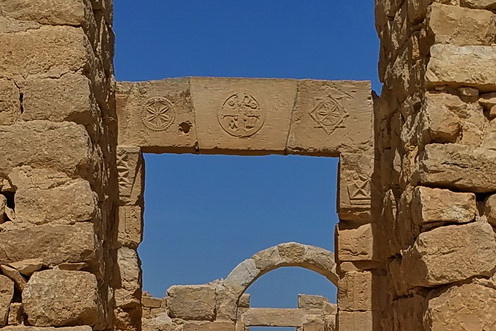
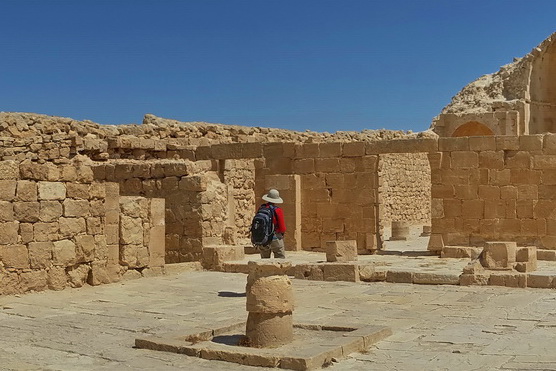




Leave A Comment
You must be logged in to post a comment.